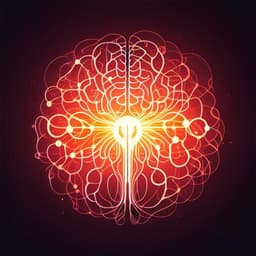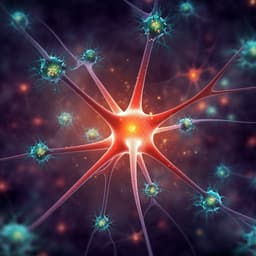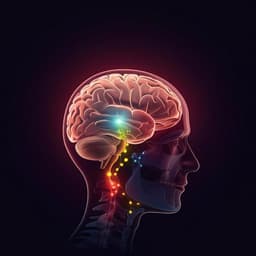
Medicine and Health
Hippocampal astrocytes modulate anxiety-like behavior
W. Cho, K. Noh, et al.
This fascinating study by Woo-Hyun Cho and colleagues reveals how hippocampal astrocytes play a crucial role in regulating anxiety-like behaviors in mice. By increasing intracellular calcium through optogenetic activation, researchers found that these astrocytes can induce anxiolytic effects by enhancing synaptic transmission, hinting at innovative therapeutic possibilities for anxiety disorders.
Playback language: English
Related Publications
Explore these studies to deepen your understanding of the subject.







